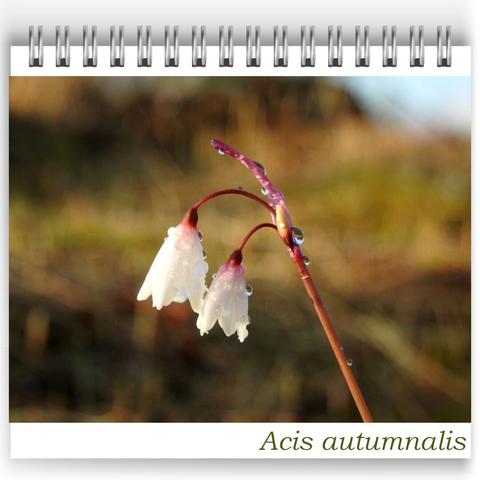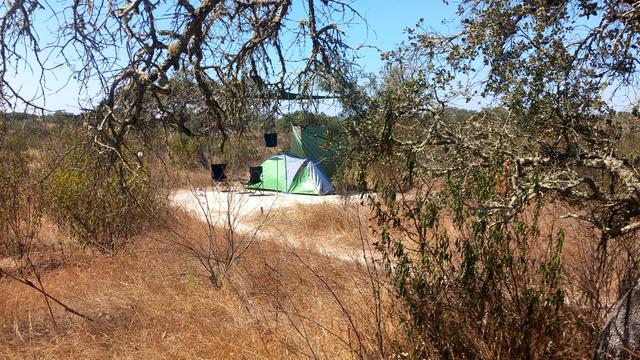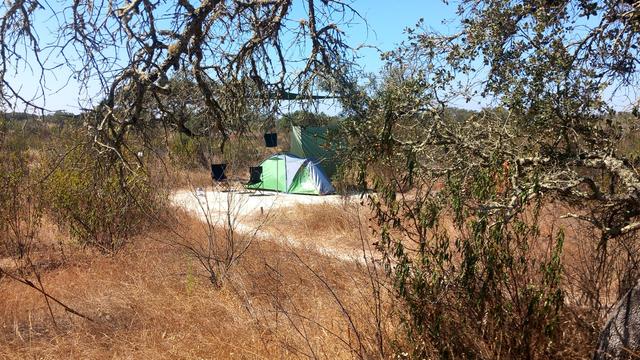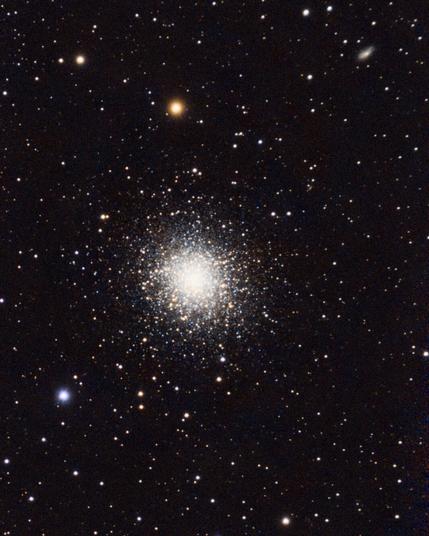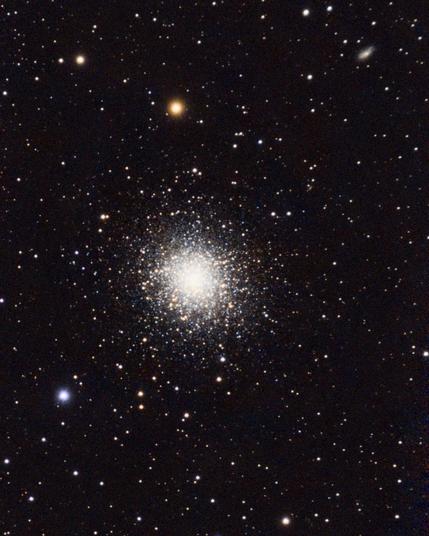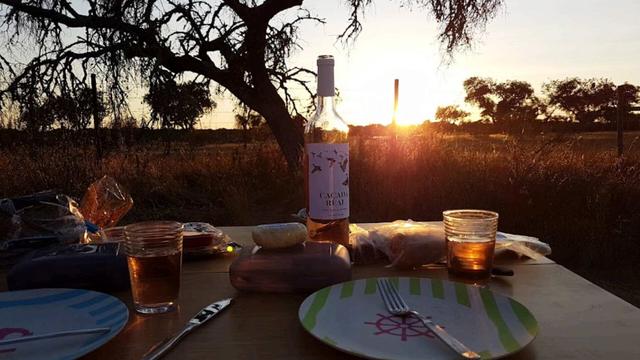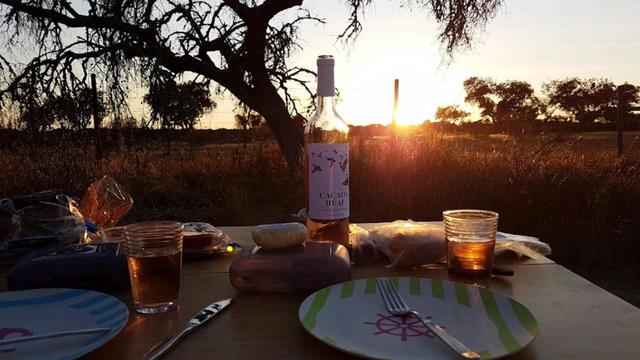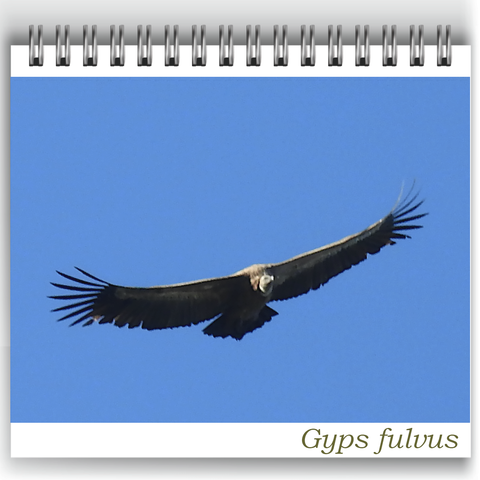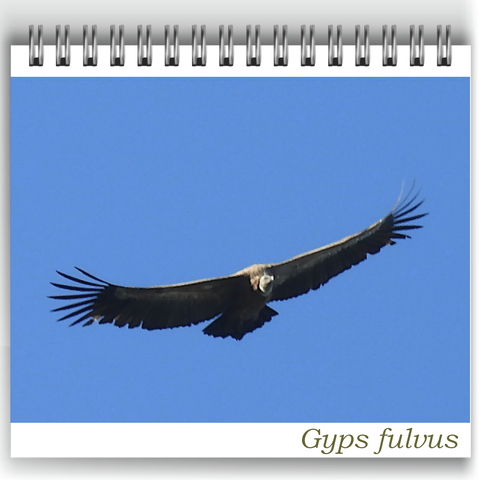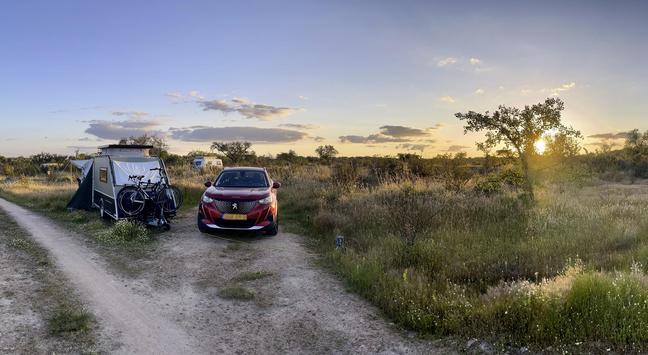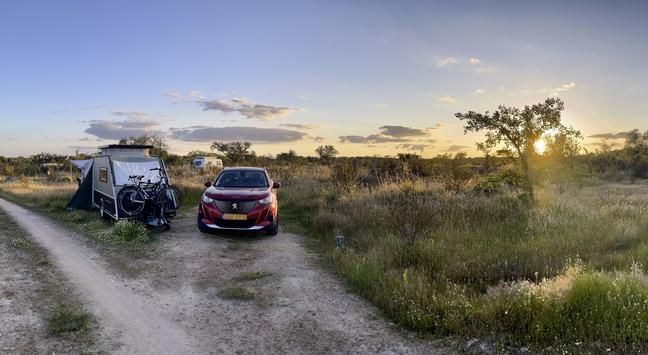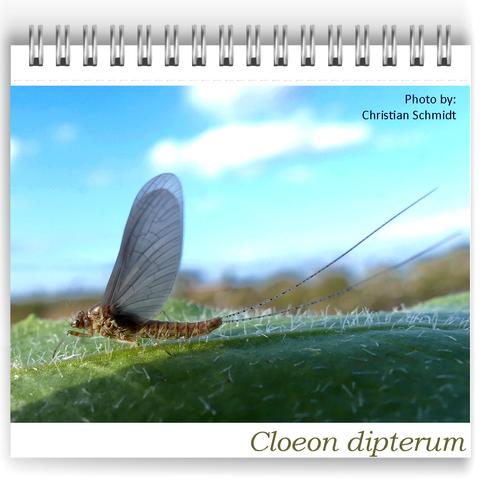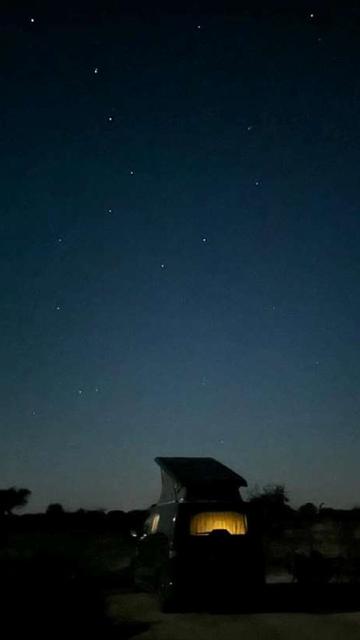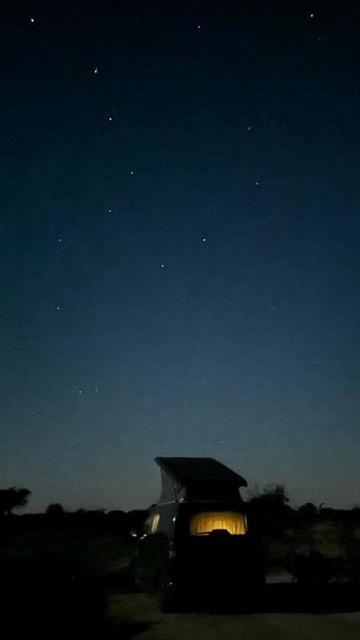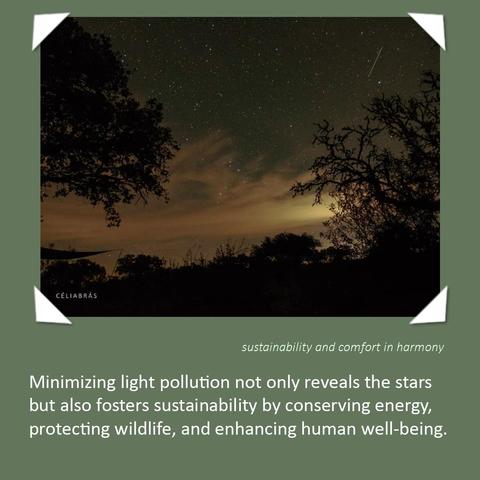#campinginportugal
As soon as we have the first heavy morning dew, these delicate white bells begin to bloom. They rise almost unnoticed among the dry grasses, glistening with droplets, fragile yet full of promise. Promise of the beginning of the growing season, the slow awakening of the earth after summer’s rest.
#Biodiversity #Flora #SeptemberSnow #NaturePhotography #Wildflowers #FlowerLovers #SeasonChange #NatureMoments #EarlyAutumn #CampingInPortugal #Évora #Alentejo #OneWithNature
#CampingInPortugal #CampingVibes #AutumnLight #OutdoorEscape #NatureLovers #TentLife #GoldenGrass #NatureImmersion #LeaveNoTrace #Évora #soundofsilence #GuestView
Through the eyes of our guests...
#Alentejo #GuestPerspective #EcoCamping #NaturePhotography
#SustainableTravel #SlowTourism #TentLife #OneWithNature #CampingInPortugal #AutumnColors
and gaze into a cosmic snow globe filled with more than 100,000 sparkling stars — that’s M13, the Hercules Cluster. One of the brightest globular clusters in the Northern Hemisphere, M13 lies 25,000 light-years away in the constellation Hercules, shining at magnitude 5.8 and even visible through binoculars. In 1974, the Arecibo Observatory beamed a radio message its way in an experiment to contact potential extraterrestrial life.
This is a ball of ancient stars packed so tightly together that resolving each one is a true Herculean challenge! ;-)
#Astronomy #Astrophotography #NightSky #Space #Stars #DeepSky #DarkSky #Cosmos #GlobularCluster #M13 #Hercules #Seestar #Universe #Science #Arecibo #Stargazing #Alentejo #Camping #UnderTheStars #CampingLife #CampingInPortugal
Look up to the sky...
and see M13, the Hercules Cluster — a ball of 100,000 ancient stars packed 25,000 light-years away. Bright enough to glimpse with binoculars, but resolving each star? Now that’s a true Herculean challenge. ;-)
#CampingInPortugal #UnderTheStars #Astronomy #Astrophotography #Space #Cosmos #Stars #Cluster #Hercules #M13 #NightSky #Telescope #DeepSky #Darksky #Seestar #Evora #Alentejo
#GuestPerspective #CampingInPortugal #Alentejol #Évora #CampingLife #Outdoors #PicnicVibes #GoldenHour #WineLovers #FoodPhotography #SunsetMagic #CountrysideViews
Through the eyes of our guests...
#Sunset #NaturePhotography #FoodAndDrink #OutdoorDining #GuestPerspective #CampingInPortugal #Alentejo #Portugal #Évora #CampingLife #Outdoors
When resting or feeding, Griffon Vultures communicate with grunts and hisses. In the wild, they can live for decades, and in captivity their lifespan may reach up to 41 years. Breeding takes place on rocky cliffs in mountainous regions of southern Europe, North Africa, and Asia, with each pair raising a single chick.
While they may gather in loose groups, not all individuals behave the same way—many remain in one area, but younger birds often set out on long journeys, sometimes covering great distances.
#Birds #BirdWatching #Wildlife #GriffonVulture #Nature #Conservation #WildlifePhotography #CampingInPortugal #Camping #Alentejo #Raptors
The Griffon Vulture (Gyps fulvus) is a scavenger that soars in groups over open landscapes, searching for carcasses. They nest on remote cliffs, raising one chick per pair, and communicate with grunts and hisses. Found in southern Europe, North Africa, and Asia, these vultures can live over 40 years in captivity. While many stay local, young birds often travel long distances.
#Biodiversity #GriffonVulture #CampingInPortugal #Outdoors #BirdWatching #Wildlife #Mediterranean#BirdsOfMastodon
#GuestPerspective #Camping #CampingInPortugal #Alentejo #Evora #OutdoorVibes #SunlitSilhouettes #FamilyMoments #NatureEscape #TravelPhotography #OneWithNature #TentLife
Through the eyes of our guests...
#FamilyTime #CampingLife #Outdoors #SilhouettePhotography #NatureLovers #Camping #CampingInPortugal #Summer #GuestPerspective #Alentejo
#CleanUpChallenge #TrashToTreasure #LitterPicking #NatureCare #Camping #CampingInPortugal #LeaveNoTrace #TrailCleanup #Sustainability #Alentejo #SustainableTourism #Outdoors #ActNow
Every piece of litter we pick up protects wildlife, keeps nature clean, and makes the outdoors more enjoyable for everyone. Join the litter-picking movement—small actions, big impact.
#CleanUpChallenge #TrashToTreasure #Camping #CampingInPortugal #LitterPicking #Alentejo #TrailCleanup #Sustainability #Outdoors #EveryActionCounts
Through the eyes of our guests...
#Vanlife #SustainableTravel #SunsetCamping #NatureLovers #Camping #CampingInPortugal #Alentejo #LateSpring #GuestPerspective #SlowTravel #CampLife
#Vanlife #SustainableTravel #SunsetCamping #NatureLovers #Camping #CampingInPortugal #Alentejo #LateSpring #GuestPerspective
Cloeon dipterum is a type of mayfly. This photo shows a female in the subimago stage—a short, non-feeding phase between nymph and adult. She uses energy stored as a nymph and will molt one last time to become a full adult. Mayflies are very sensitive to pollution, so they are used to check how healthy freshwater habitats are!
#Insects #Freshwater #Bioindicator #MacroPhotography #Camping #Biodiversity #Alentejo #MayFly #Biodiversity #InsectPhotography #NatureLovers #BugOfTheDay #WildlifeMacro #OneWithNature #CampingInPortugal #closeup
#StarWatching #NightSky #VanLife #GuestPerspective #Camping #CampingInPortugal #LookUp #DarkSky #Starscape #Campervan #HomeOnWheels #SlowLiving #EscapeTheNoise #SilentSunday #Alentejo #Evora
Through the eyes of our guests...
#NightSkies #AstronomyLovers #UnderTheStars #RoamAndRest
#CampVibes #Vanlife #Camping #CampingInPortugal #Alentejo #PeacefulPlaces #SoulfulTravel #GuestVew #SilentSunday
Thinking about our relationship with the environment...
About 70% of Europeans can’t see the Milky Way due to light pollution. Western Europe is among the most light-polluted areas on Earth. This excess light not only hides the stars but also disrupts ecosystems and our sleep.
Let’s rethink how we light the night—for nature, and for ourselves.
#OneWithNature #DarkSky #Camping #CampingInPortugal #Alentejo #LightPollution #BBcamping #NatureMatters #Stragazing #MindfulLiving
#GuestPerspective #Bubbles #Nature #OutdoorFun #Camping #CampingInPortugal #Alentejo #Évora #BBCamping #WeekendVibes #PeacefulMoments #OneWithNature #SimpleJoy #Playtime #MindfulMoments #Serenity
